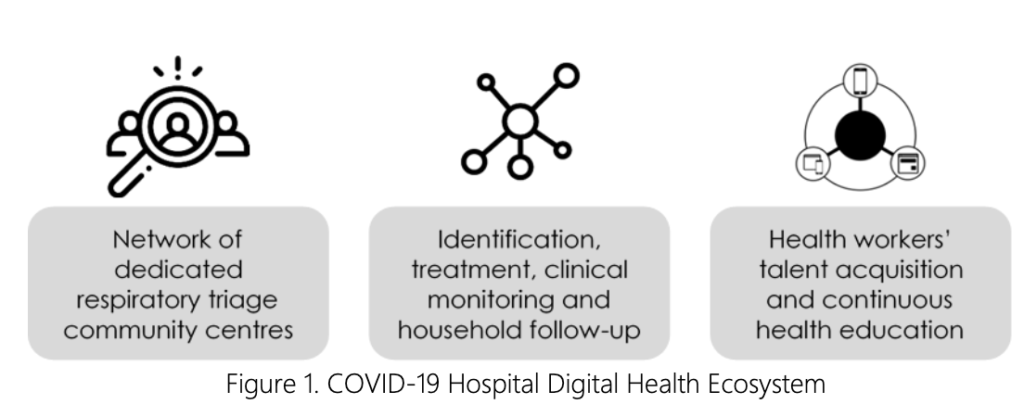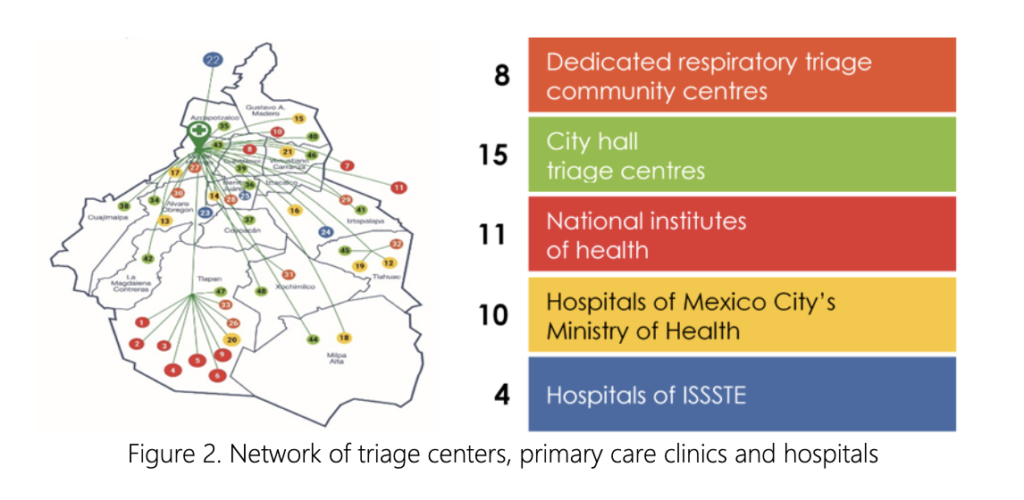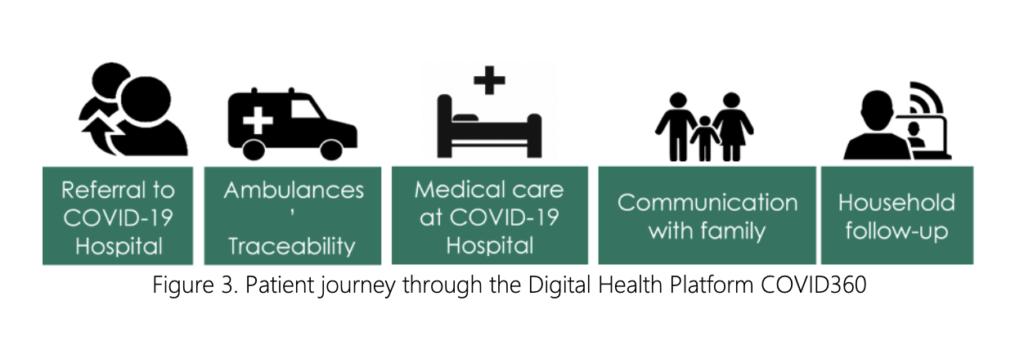September 19, 2021
The Carlos Slim Foundation’s response to the COVID-19 pandemic
Case Study By
Mr. Carlos Slim Helú
Founder of the Carlos Slim Foundation
State of Broadband 2021
To support the most vulnerable population in the wake of the pandemic, the Carlos Slim Foundation (CSF) started a comprehensive program aimed at supporting national institutes of health and state government’s efforts to provide timely and high quality of care health services to cope with the increasing demand.
The CSF convened a strategic non-profit public-private partnership with the Government of Mexico City and other partners to transform Latin America’s largest convention center into a Temporary COVID-19 Hospital to streamline patient referral, admission, treatment, clinical monitoring, discharge, and household follow-up to mitigate the impact of the COVID-19 pandemic in Mexico City using a digital health platform.
This partnership was aimed at reducing the burden on the healthcare system, reducing community spread by providing timely containment of COVID-19 patients, and implementing strict safety measures while providing high-quality medical care through a patient-centric approach.

Network of dedicated respiratory triage community centers
The Temporary COVID-19 Hospital prioritize the early hospitalization of patients through the network of triage centers during the initial stages of the disease to enable the rapid diagnosis and early hospitalization of patients.

Identification, treatment, clinical monitoring and household follow-up
In a joint partnership with Claro360 the Temporary COVID-19 Hospital implemented a streamlined patient journey with five steps as follows:

1. Referral to COVID-19 Hospital
When patients are admitted from one of the centers, the entire process is monitored in real time.
2. Ambulances’ traceability
After the patient is accepted, the ambulance’s route is monitored by the COVID-19 Hospital’s admission area.
3. Medical care at COVID-19 Hospital
Robust clinical, safety and research protocols implemented to provide standardized systematic quality of care, from admission to daily assessments and update on his health status to intermediate therapy if condition deteriorates.
4. Communication with the family
The physician communicates with one family member daily to inform patient’s current health status.
5. Household follow-up
Follow up on patients up to 90 days after discharge to assess their adherence to medication and to timely identify signs of alarm while enabling an assessment of long COVID.
6. Health workers’ talent acquisition and continuous health education
Hospital personnel were selected through a stepwise process, that include two online courses and a face-to-face training on the fundamentals and clinical management of COVID-19, the use of PPE, and the use of the COVID360 Digital Health platform.

